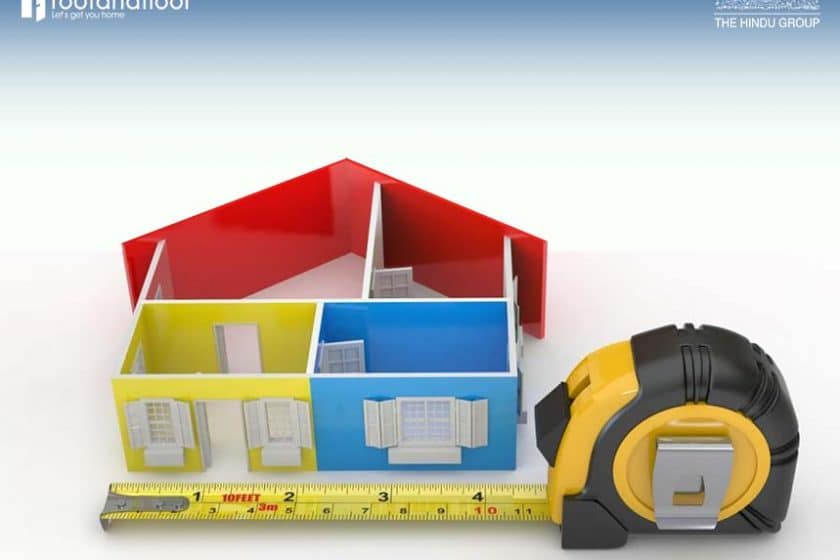The year 2017 has been a hit year for the affordable housing segment in India.
It began with budgetary reforms, followed by the Credit-Linked Subsidy Scheme (CLSS) for the mid-income group, and the infrastructure status to affordable housing. To further boost the segment, it was also exempted from service tax. And when we thought the year is about to end, the Indian government has come up with another big announcement.
The government has approved an increase in the carpet area of houses eligible for interest subsidy under CLSS for the Middle-Income Group (MIG) under the Pradhan Mantri Awas Yojana (Urban).
With this, now the carpet area in the MIG I category of CLSS has increased to up to 1,300 sq. ft. from the existing 968 sq. ft. carpet area. And for MIG II category of CLSS, it has increased to up to 1,615 sq. ft. from the existing 1,200 sq. ft.
Currently, CLSS for MIG is effective up to March 2019. Subsidies are based on the following income brackets.
- If you earn up to Rs 18 Lakh per annum, your first home will cost about Rs 2.4 Lakh less as the government will give you a subsidy of three percentage points on the principal component of Rs 12 Lakh
- People earning up to Rs 6 Lakh per annum will receive a subsidy of 6.5 percentage points on a principal component of Rs 6 Lakh, regardless of their total loan amount
- Those in the bracket of up to Rs 12 Lakh per annum will get a subsidy of 4 percentage points on a principal component of Rs 9 Lakh
What are the benefits?
Buyers will benefit largely by getting extra living space in their homes. The increase in unit sizes will benefit people looking for spacious homes within an affordable budget.
The move will also give prospective homebuyers a wider choice in terms of projects. Moreover, the increased carpet area will boost the sale of ready units in the affordable housing segment.
The government is working to achieve its mission of about 1.2 crore homes by 2022. However, excessive dependence on private players is a major roadblock. While granting ‘infrastructure status’ to affordable housing is a step in the right direction, something more needs to be done to attract private players. Probably single-window clearance might address some problems?
Let us know your thoughts.


